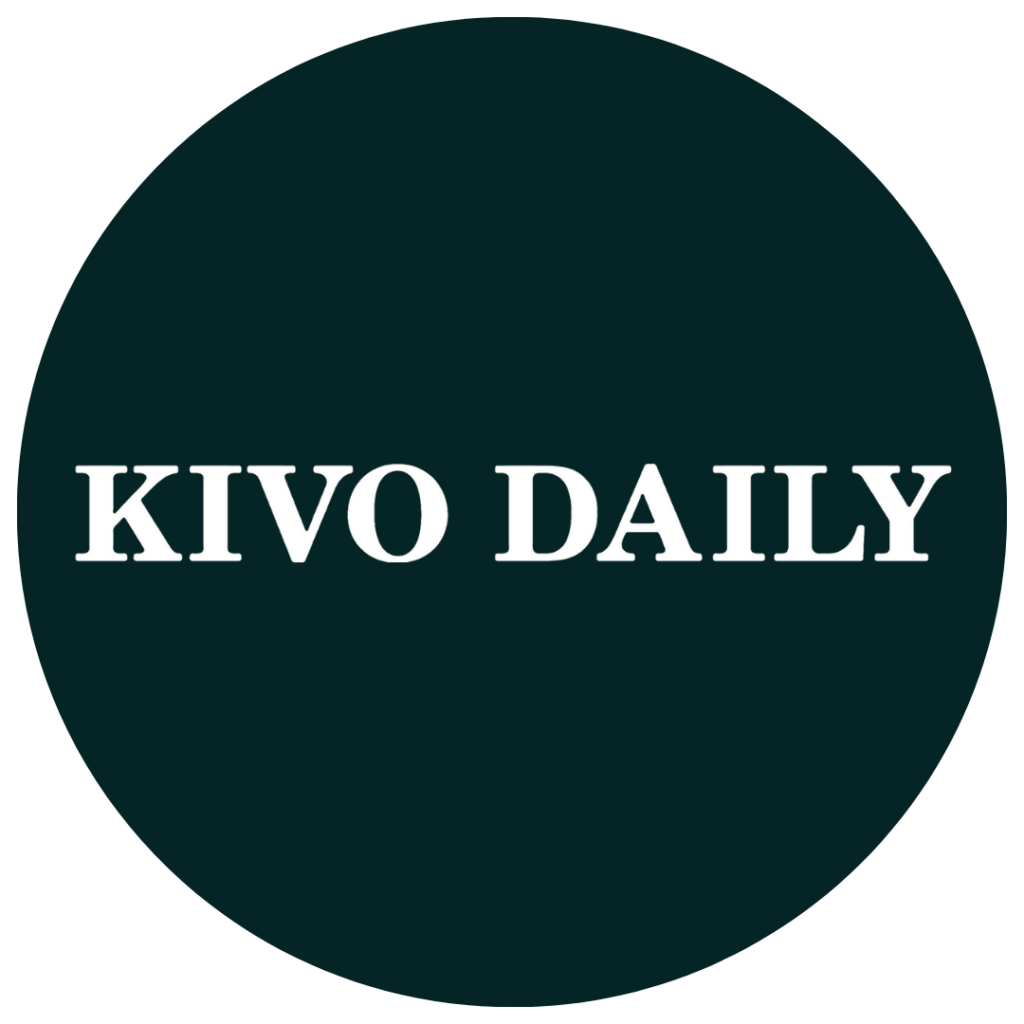Creative innovation is often misunderstood as spontaneous brilliance, a spark that defies systems. But in high-performing organizations, structure is what makes innovation repeatable, scalable, and sustainable. Business leadership that prioritizes clarity, process, and strategic boundaries creates the conditions where experimentation can thrive without chaos.
This isn’t about rigid hierarchies or bureaucratic oversight. It’s about designing environments where ideas are tested, failure is instructive, and execution is consistent. Structure doesn’t kill creativity, it protects it.
Structure Reduces Friction and Clarifies Focus
Innovation requires bandwidth. Without clear priorities, defined roles, and decision-making protocols, teams spend more time navigating ambiguity than solving problems. Leaders who build operational structure reduce cognitive load and free up space for creative thinking.
In startup environments, this often means codifying priorities early. As outlined in this analysis of business strategies, digital-first companies that document workflows, feedback loops, and product roadmaps tend to iterate faster and pivot smarter. Structure doesn’t slow them down, it gives them a map.
Creative Innovation Depends on Strategic Constraints
Boundaries are not barriers. They’re design tools. When business leaders define the scope of a challenge, budget, timeline, audience, they give teams a framework to innovate within. These constraints sharpen focus and encourage resourceful thinking.
Consider how product teams operate under sprint cycles. The time-boxed nature of the work forces prioritization and rapid iteration. Similarly, marketing teams that work within brand guidelines often produce more consistent, impactful campaigns than those operating without guardrails.
Creative innovation thrives when constraints are clear, not arbitrary. Leaders who communicate the “why” behind limits help teams see structure as a launchpad, not a leash.
Systems Enable Scalable Experimentation
One-off ideas don’t build companies. Scalable experimentation does. Business leaders who implement systems for testing, measuring, and refining ideas create a culture where innovation is continuous, not episodic.
This includes frameworks like OKRs, agile development, and design thinking, each offering repeatable steps for moving from insight to execution. These systems don’t replace creativity. They operationalize it.
Digital education platforms, for example, have used structured feedback loops to refine user experience and expand reach. As explored in this report on innovation in education tools, companies that build infrastructure for experimentation tend to outperform those relying on intuition alone.
Leadership Sets the Tone for Creative Risk
Structure is also cultural. Leaders who model curiosity, tolerate failure, and reward experimentation signal that creative risk is not only accepted, it’s expected. But this culture doesn’t emerge by accident. It’s built through rituals, language, and systems.
Weekly demo days, post-mortem reviews, and open brainstorming sessions are examples of structural choices that reinforce creative behavior. When these practices are embedded into the operating rhythm, they become part of the company’s DNA.
Leadership also plays a role in protecting creative teams from short-term pressures. By setting clear expectations around timelines, deliverables, and decision rights, leaders create psychological safety, a prerequisite for innovation.
Cross-Functional Collaboration Requires Structural Support
Creative innovation rarely happens in silos. It emerges from cross-functional collaboration, product, design, engineering, marketing, and operations working together to solve complex problems. But collaboration without structure often leads to misalignment and friction.
Business leaders who invest in shared tools, integrated workflows, and cross-team rituals enable smoother collaboration. This includes project management platforms, centralized documentation, and regular syncs that clarify ownership and dependencies.
The most effective teams operate with autonomy and alignment. Structure ensures that creative energy is directed, not diluted.
Metrics and Feedback Loops Drive Iteration
Innovation is not a one-time event. It’s a cycle. Leaders who build feedback loops into their processes create opportunities for continuous improvement. This includes user testing, performance analytics, and stakeholder reviews.
Metrics don’t replace intuition, they refine it. When creative teams have access to real-time data, they can adjust faster and learn more. Structure ensures that feedback is captured, shared, and acted upon.
In product development, this might mean tracking feature adoption and churn. In content strategy, it could involve engagement metrics and audience segmentation. Whatever the domain, structured feedback turns creative output into business impact.
Talent Development Benefits from Structured Growth Paths
Creative talent needs room to grow. Business leaders who build structured development paths, mentorship programs, skill-building workshops, and promotion criteria, help retain and elevate their most innovative thinkers.
This structure doesn’t stifle creativity. It signals investment. When employees see a clear path for growth, they’re more likely to take initiative, propose bold ideas, and contribute beyond their role.
Structured development also helps identify gaps. Leaders can spot where teams need support, training, or new perspectives, and respond proactively.
Structure Enables Strategic Scaling
Startups often resist structure in the early stages, fearing it will slow momentum. But as companies grow, structure becomes essential. It enables scaling without losing agility.
This includes codifying decision-making processes, documenting institutional knowledge, and building systems for onboarding and communication. These choices don’t eliminate creativity, they preserve it across teams, geographies, and time zones.
Creative innovation at scale requires consistency. Structure ensures that what works in one part of the business can be replicated elsewhere.
Structure Is a Creative Asset
Creative innovation is not the opposite of structure. It’s the outcome of well-designed systems, clear priorities, and cultural alignment. Business leaders who understand this build companies that don’t just generate ideas, they execute them.
Structure is not a constraint. It’s a capability.










